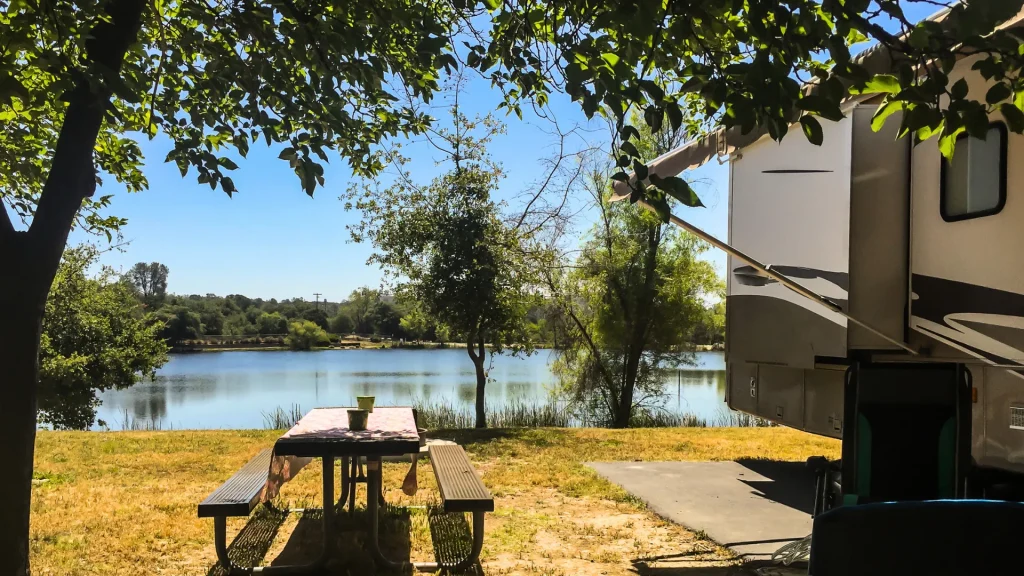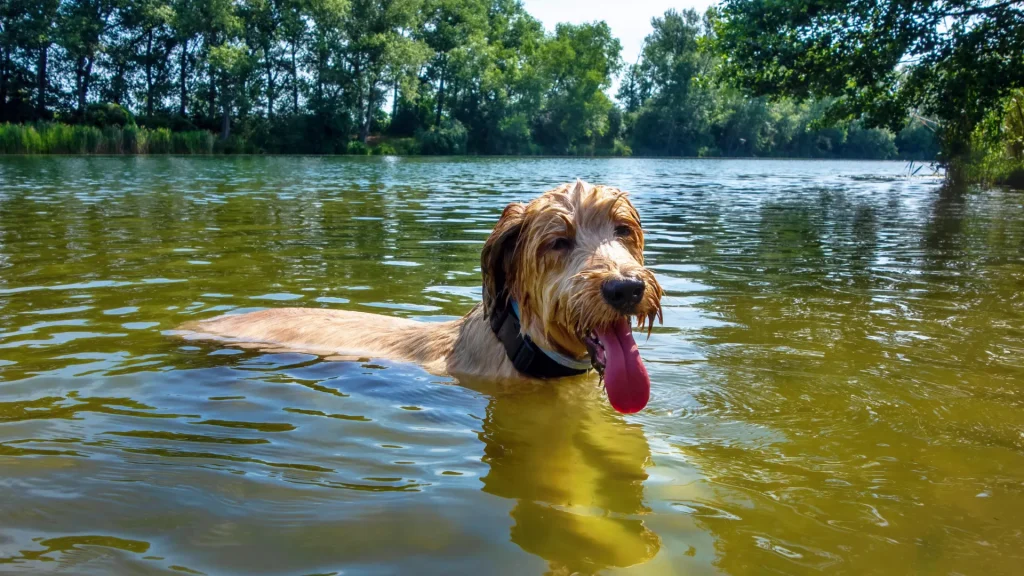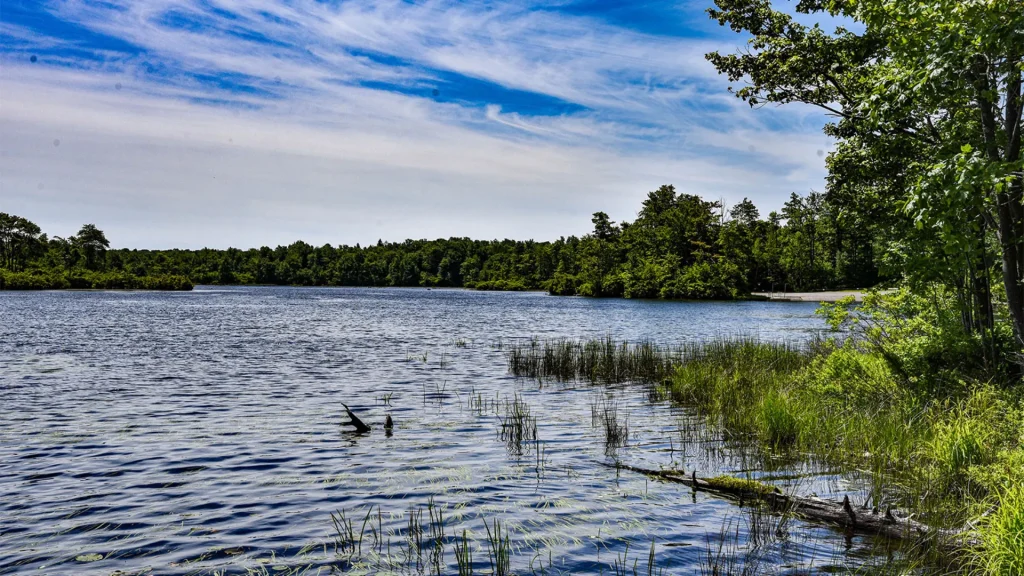



We love visiting state and national parks. These protected areas offer scenic beauty, endless recreational activities, and historical and cultural significance. In the forests of northeastern Pennsylvania is a former artillery training center turned into a state park. Tobyhanna State Park has a unique history and now offers water and land activities for guests. Let’s learn more so you can plan a visit!
East of I-380 in eastern Pennsylvania is a small community called Tobyhanna. “Tobyanna” is a native word that means “a stream lined with alders.” The town gets its name from the Tobyhanna Creek that runs through it. This mix of flatlands and rolling hills is covered with hardwood forests.
This town of about 6,000 residents is home to Tobyhanna State Park, one of Pennsylvania’s 124 state parks. Pinchot State Forest lies to the west. Because of Tobyhanna’s proximity to I-380, it’s easy to get to nearby cities like Scranton, less than 30 minutes north, and Allenton, about an hour south.
Pro Tip: Check out these Top 10 Things to do in Pennsylvania before your trip to the Keystone State.
In 1912, the federal government acquired the land that became the Tobyhanna Military Reservation. The U.S. Army used the reservation as a training center, and the National Guard used it as an artillery training center. In the late 1930s, the reservation served as an artillery training center for West Point cadets and housed German prisoners of war during World War II.
In 1949, Pennsylvania received the title to most of the 26,000 acres. About two-thirds of the area was made into game lands, while one-third was used to create Gouldsboro and Tobyhanna state parks. Later that year, Tobyhanna State Park opened to the public.
Electric and non-electric campsites are located at Tobyhanna State Park. Guests can reserve sites online. The RV campground is open from the second Friday in April to the third Sunday in October, while the tenting area is open year-round.
Guests can access flush toilets, showers, water spigots, and a dump station. There’s also a playground, picnic tables, a boat launch, hiking trails, fire rings, and laundry. The nightly rate is $29 for electric and $22 for non-electric campsites.

Tobyhanna State Park is 5,440 acres and includes the 170-acre Tobyhanna Lake. Visitors may find old, unexploded artillery shells in the park’s remote areas, so be alert as you enjoy the hiking trails. Other popular activities include swimming, boating, fishing, and wildlife watching.
The Lakeside Trail is the easiest hiking trail in Tobyhanna State Park. It’s a 5.1-mile loop that travels completely around Tobyhanna Lake. This scenic area is also ideal for wildlife watching, fishing, and swimming. Biking, snowmobiling, and cross-country skiing are also permitted along the Lakeside Trail.
The Frank Gantz Trail connects Tobyhanna State Park and Gouldsboro State Park. It’s a challenging 3.2-mile point-to-point trail. Another difficult hiking trail is the Range Trail. It’s an out-and-back 2.75-mile trail that runs from the Lakeside Trail to a small parking area at State Route 196.
The beach area at Tobyhanna Lake is open daily from the Saturday of Memorial Day weekend to mid-September. There’s a bathhouse with showers. No lifeguards are on duty, but visitors are allowed to swim and enjoy the scenic beauty of the lake. The Lakeside Trail takes campers from the campground to the beach area.

There are 60 overnight mooring spaces at Tobyhanna Lake. Many boaters stay the night in the campground and enjoy boating and fishing during the day. A state park mooring permit is required if you stay overnight. Non-powered boats must also have a launching permit. From Memorial Day Weekend to Labor Day, Tobyhanna State Park rents rowboats, kayaks, paddleboats, canoes, and electric motorboats.
Tobyhanna Lake is stocked with brook and brown trout. Other natural species include bass, pickerel, yellow perch, catfish, and sunfish. For guests with mobility challenges, there’s an ADA-accessible fishing pier. During the winter, visitors can also enjoy ice fishing.

Finally, visitors often see salamanders and frogs in the spring, breeding near the sphagnum moss bogs. Blackburnian warblers, red-breasted nuthatches, and northern waterthrushes are bird species that inhabit the bog area. In the forest, you’ll likely see American redstarts, red-eyed vireos, and Louisiana waterthrushes.
Squirrels, raccoons, chipmunks, and black bears also live in and around Tobyhanna State Park. Remember, always throw away trash and keep food stored away. If you see a black bear, notify a state park employee immediately.
Tobyhanna State Park is open year-round from sunrise to sunset, although the RV campsites operate seasonally. Tent camping is permitted throughout the year. There is no entrance fee to visit Tobyhanna State Park either, so it’s an ideal place to spend a day relaxing and enjoying the natural beauty of northeastern Pennsylvania.
Gouldsboro State Park is west of Tobyhanna State Park. The Black Bear and Bender Swamps Natural Area lies between the two state parks. Gouldsboro State Park is similar to Tobyhanna State Park. It also has a lake, which is popular for fishing, boating, and swimming.

If you’re looking for more hiking trails, the 15,990-acre Hickory Run State Park contains 44 miles of them. There’s also a picnic area, playground, swimming beach, and disc golf course. Hickory Run State Park is about 40 minutes southwest of Tobyhanna State Park.
This area of northeastern Pennsylvania has plenty of outdoor recreation. Whether you enjoy water activities like boating, swimming, and fishing or prefer to stay on land to hike, bike, or camp, you’ll find a weekend camping trip to Tobyhanna State Park enjoyable, relaxing, and beautiful.
Start planning your getaway today!

